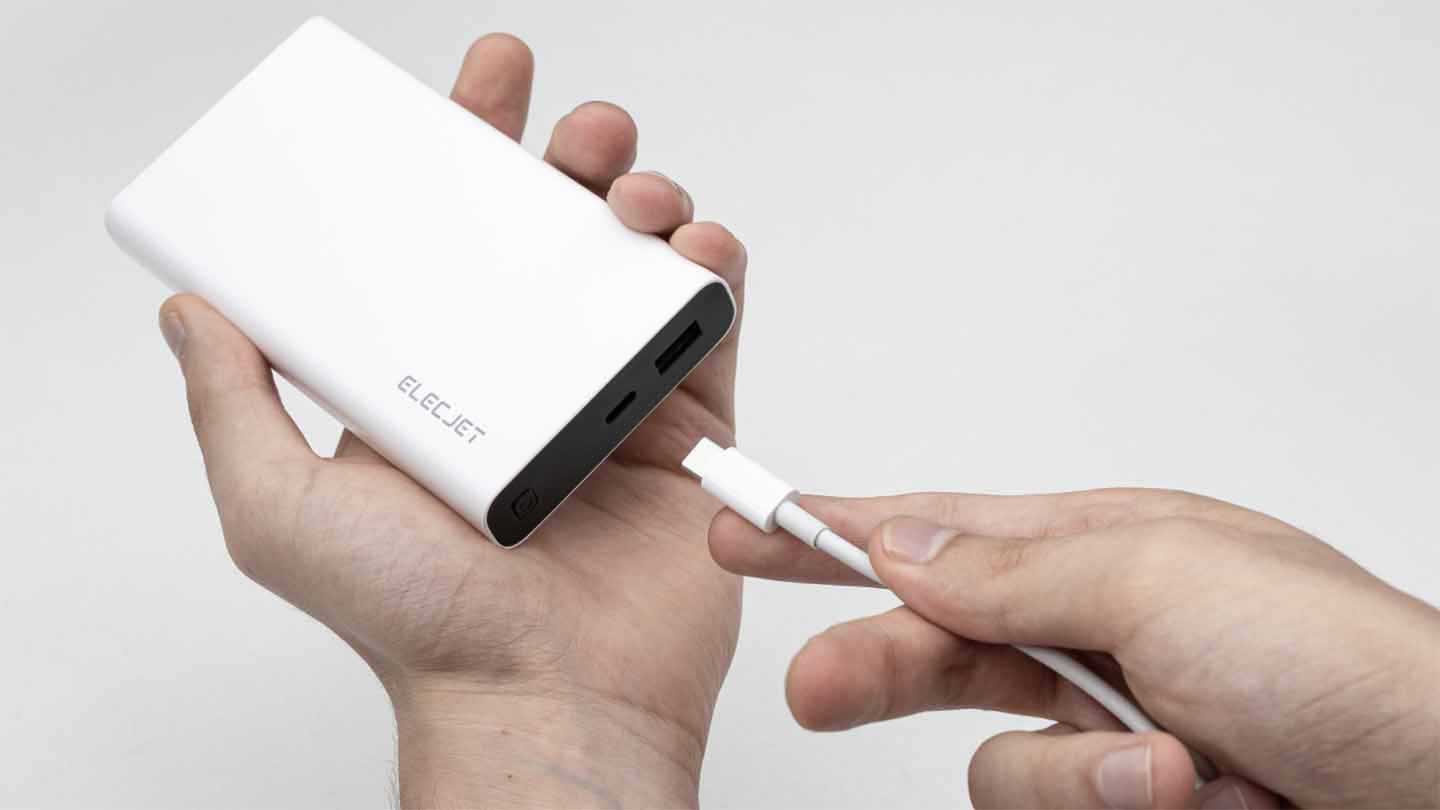According to Elecjet, the Elecjet Apollo Ultra is the world’s fastest-charging power bank. As such, when it’s charged using the supplied 100W power delivery unit and USB-C cable, Elecjet claims it takes just 27 minutes to charge fully. It achieves this through its use of graphene, which conveniently also extends the power bank’s life. In fact graphene is claimed to charge 5x faster and last last 5x longer than convention lithium ion batteries – the type that are used in digital cameras. Electjet says that the Apollo Ultra should last for over 2500 charge and discharge cycles.
The Elecjet Apollo Ultra has capacity of 10,000mAh or 40Wh and two USB ports, one USB-A and the other USB-C. The USB-C port can be used for charging the power bank or powering and charging other devices while the USB-A port is purely for connecting other devices for charging.
There’s also a small display that shows the power bank’s charge status. This is brought to life by pressing the small button on the left of the end of bank with the USB ports. Pressing the button five times within the space of three seconds toggles the PPS (Samsung Fast Charge) feature on and off.
Elecjet is launching the Apollo Ultra on Indiegogo with an early-bird price of £48/$65, 35% below the retail price.




